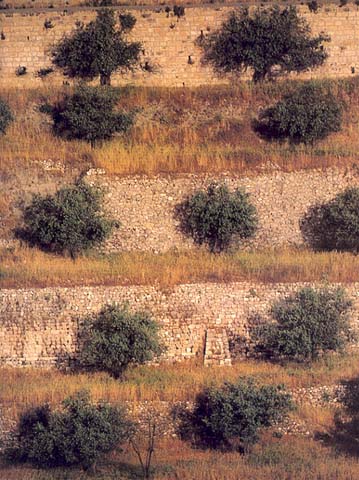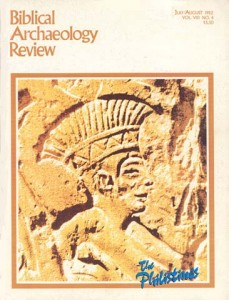Ancient Jerusalem’s Rural Food Basket
The “new” archaeology looks for an urban center’s agricultural base

Until recently, archaeology—or at least Near Eastern archaeology—has been regarded primarily as a historical science. Its focus was history and particularly political history—kings and kingdoms, battles and destructions, the rise and fall of civilizations.
That focus has now shifted somewhat. It is difficult to put a date on the change because it has occurred gradually during the past 30 years or so. Today, many scholars would characterize the “new” archaeology, as it is sometimes called, as an anthropological science, rather than a historical science. How did society work in ancient times? How can we account for social change? What can archaeology tell us about ancient economies and trade patterns and population shifts? These are the “new” foci of attention.
In our view both approaches are important. Archaeology as a discipline must be concerned with all of human creation—material and institutional—as well as the way in which these creations change and fluctuate. The creations of our ancestors include everything from cities and fortresses to literature and art. Rural remains are as important as palaces and temples. Only by studying all of these creations can we understand the impact people have made on the natural setting in which the drama of life takes place.
Already a library member? Log in here.
Institution user? Log in with your IP address.

